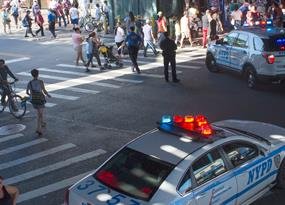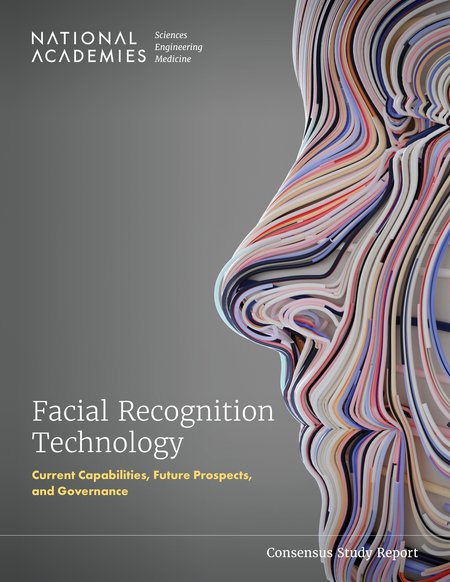By Rumbi Matamba and Chwayita Thobela
Over the past decade, the GI-TOC has documented a staggering 108% increase in targeted killings in South Africa. While South Africa has long grappled with high levels of violence, as evidenced by a per capita murder rate of 45 per 100,000 in 2022/23, or approximately 70 murders a day, targeted killings have notably escalated, particularly political killings at local municipal level. Hitmen have become more daring, incidents more public and victims more high-profile. Coupled with the deficiencies in South Africa’s overburdened criminal justice system, where only about 15% of all murders are solved, the picture that emerges is one of a situation that is barely contained.
GI-TOC recorded 131 targeted killings in South Africa in 2023, just ten fewer than in 2022. The 131 cases were grouped into four categories: organized-crime related (46 cases or 35% of incidents), minibus taxi-industry related (45 incidents, or 34%), political assassinations (31 incidents, or nearly 24%) and personal assassinations (9 incidents, or nearly 7%). While every effort is made to ensure that the data is robust and accurate, this is almost certainly an undercount as the database draws on publicly available information such as press reports, media statements from affected families, court records, and media statements by the criminal justice sector.
This report is framed in the context of South Africa’s 2024 general elections. Previous analysis has shown that there are always spikes in political assassinations during election years, particularly in long-contested provinces such as KwaZulu-Natal. The 2024 elections, the sixth national election in the country’s 30 years of democracy, have been earmarked as a potential watershed moment.
Political violence and assassinations pose a very real threat to the country’s democracy. They are not an isolated phenomenon and they intersect with organized crime and criminal networks. The intertwining of criminal networks and political assassinations in South Africa underscores the urgent need for comprehensive strategies to tackle organized crime and stop targeted killings.
Geneva, SWIT: Global Initiative Against Transnational Organized Crime, 2024. 32p.





















